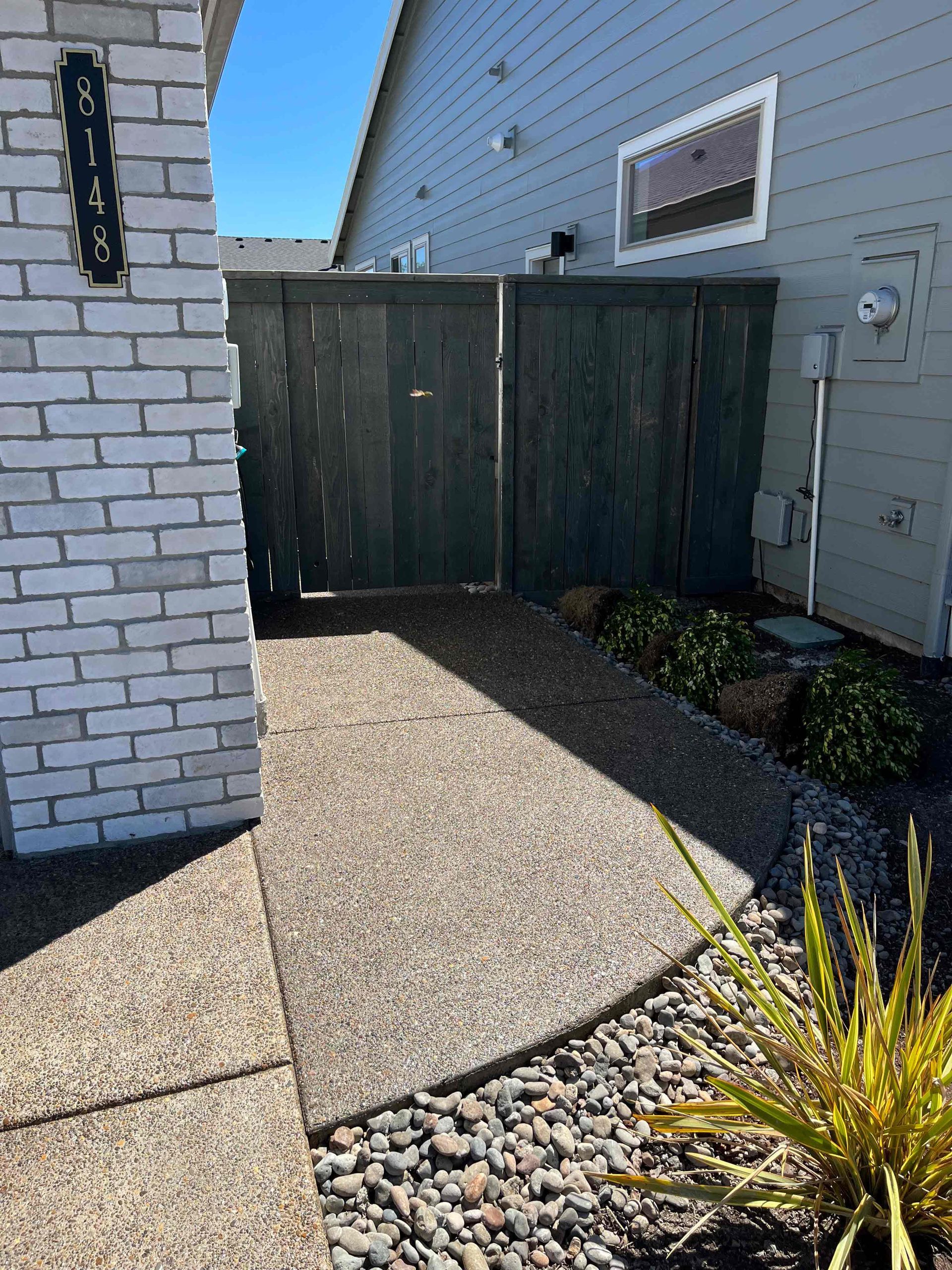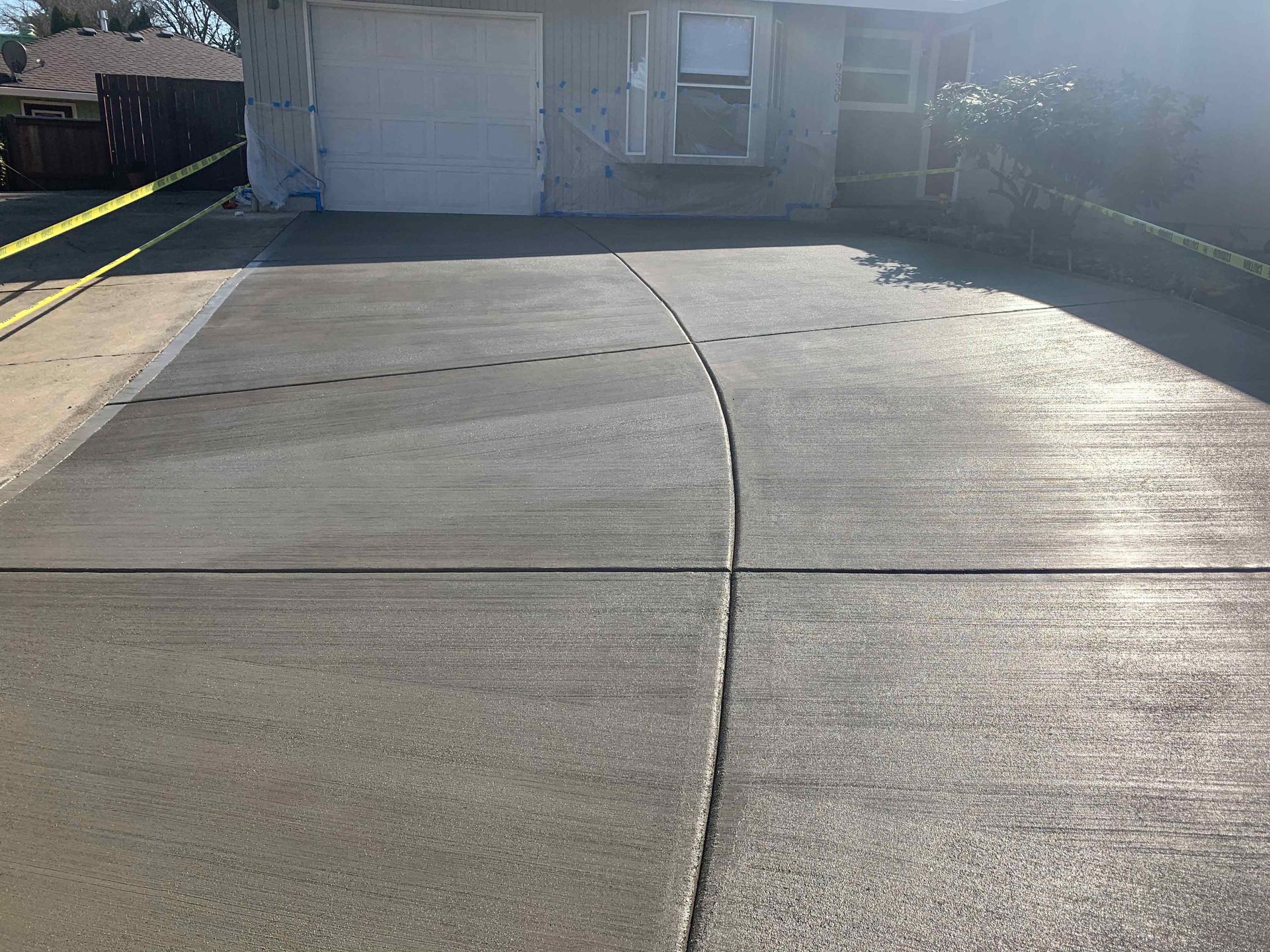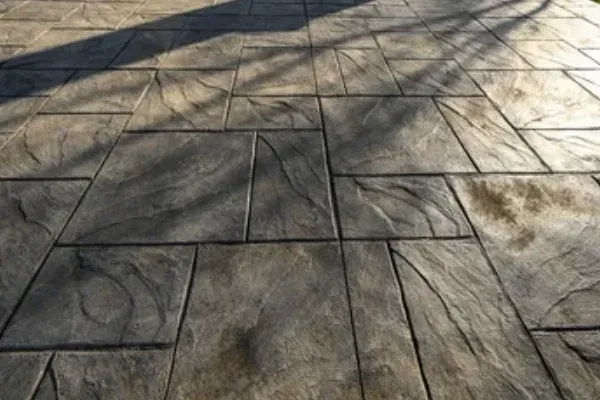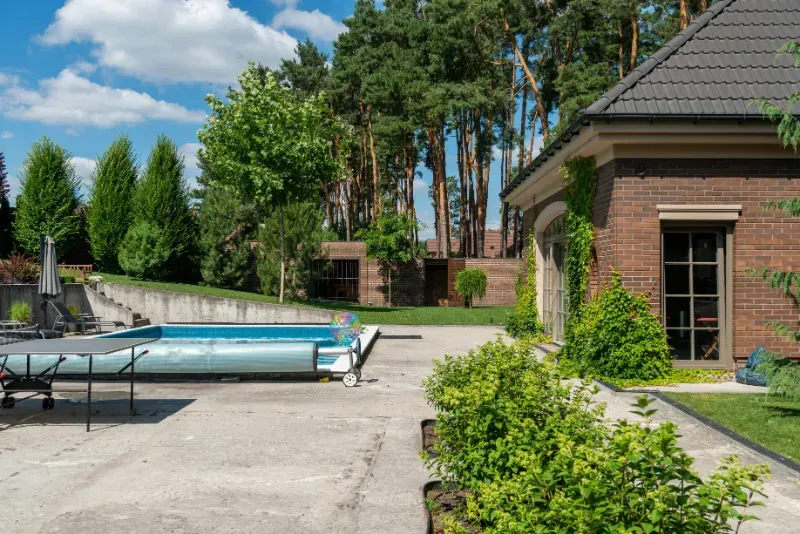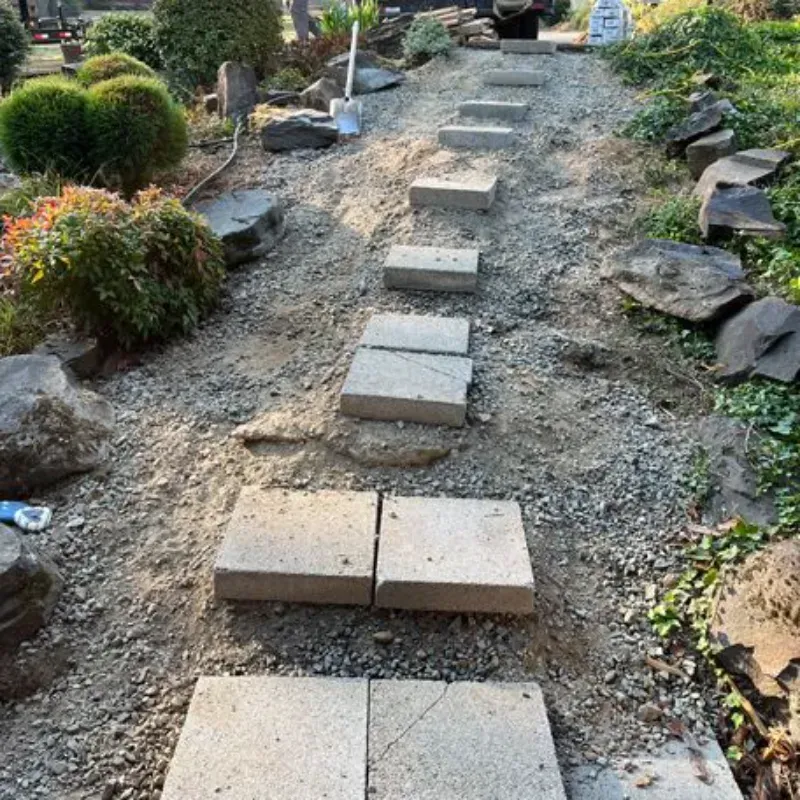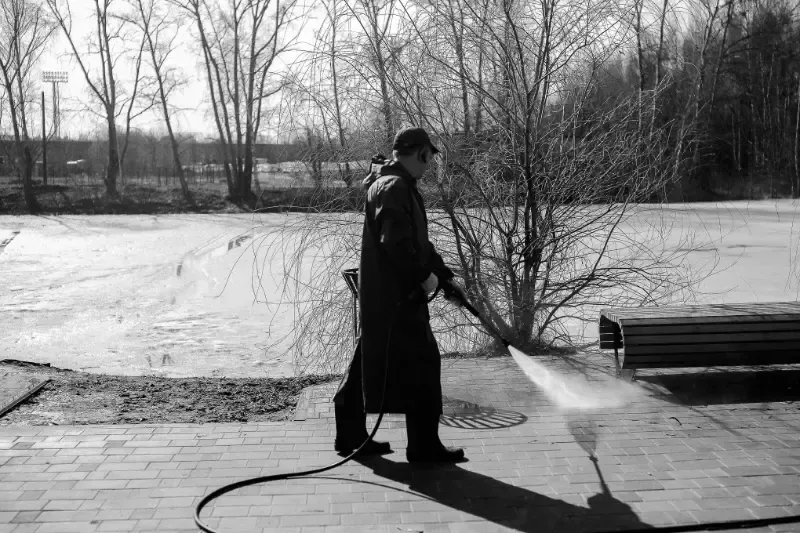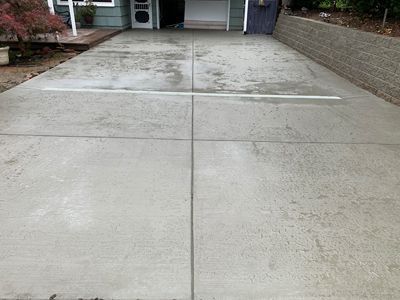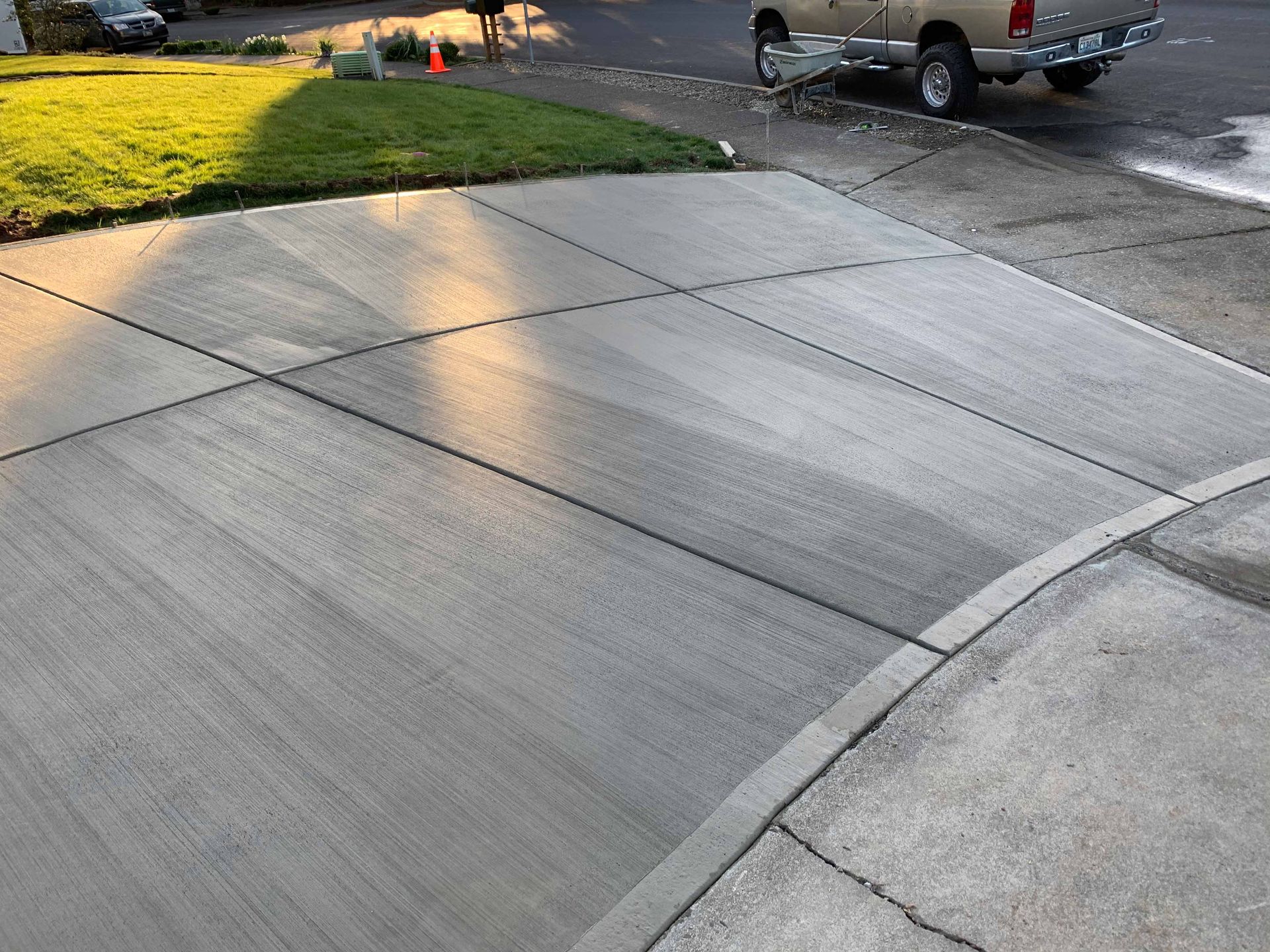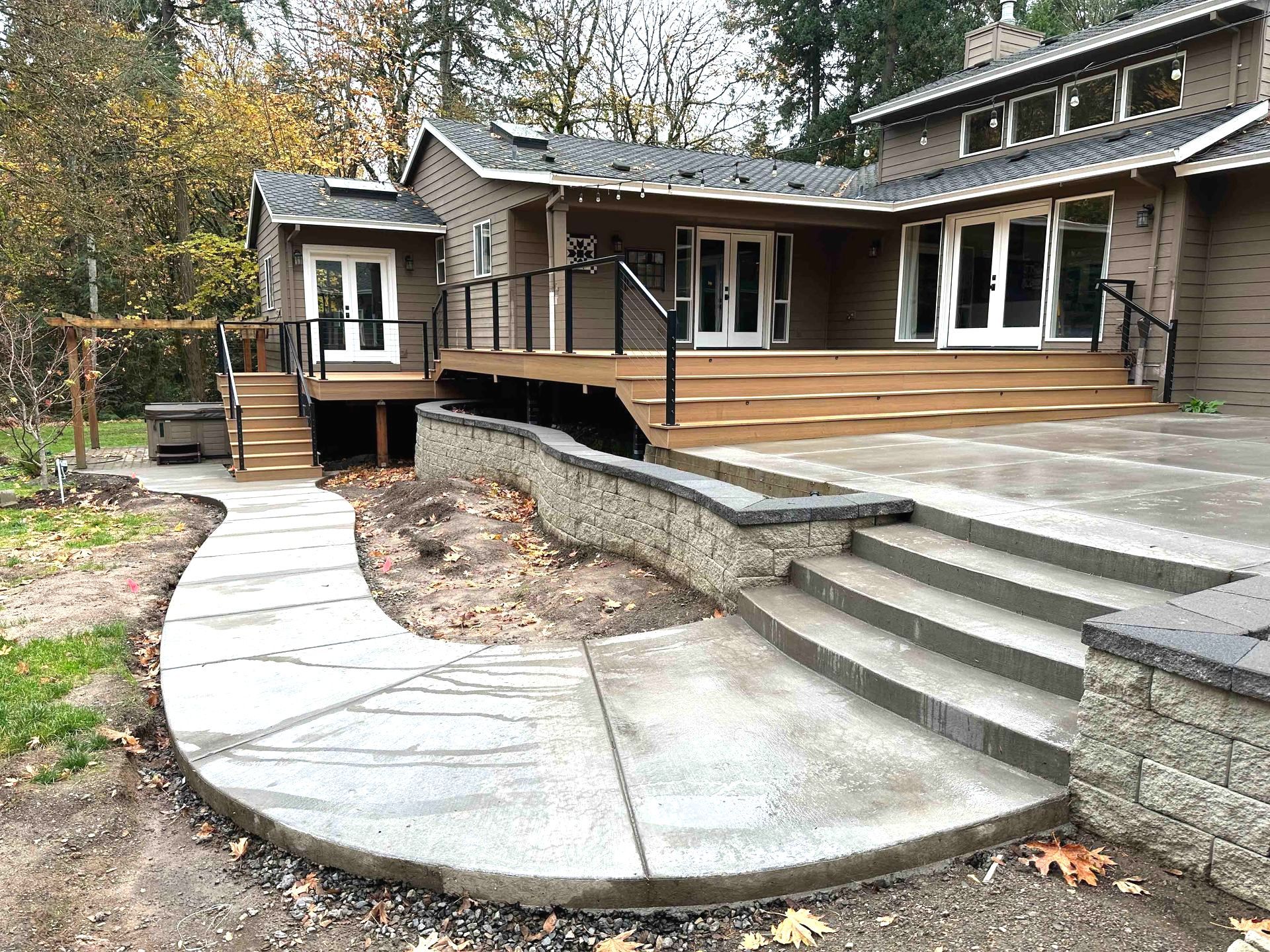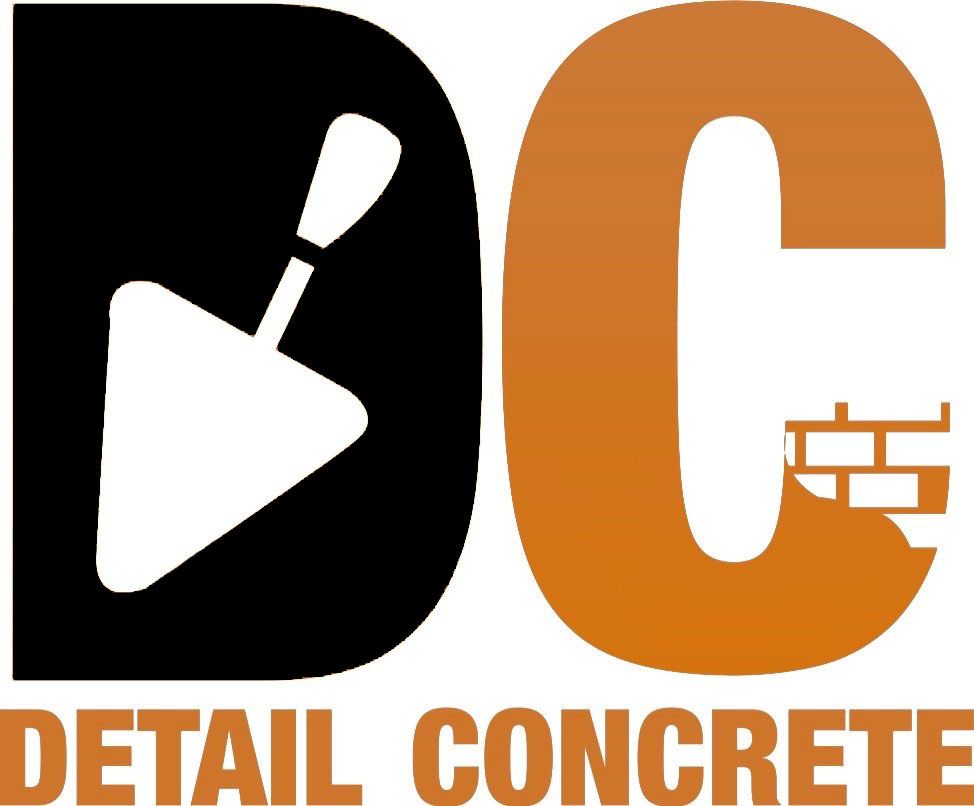Monday - Saturday: 7AM - 7PM
What to Expect During a Concrete Extension or Addition Project
Understanding the Purpose of Your Concrete Extension
Every fantastic home improvement project begins with a thought. You may always fantasize about a much larger patio for weekend barbecues or, you may need a larger area for your driveway for your second car. The idea of a Concrete Extension makes the best use of your property while simultaneously enhancing the value and enjoyment of your home. It is not just pouring concrete; it is reshaping the way we live and utilize outdoor space.
Think about your concrete extension as an investment in your everyday comfort. It gives you more room to create flow, gives your home a more polished look, and makes your outdoor area easier to care for and maintain. You're building more space whether it is a new slab, a walkway, or an outdoor living area, a little planning will always go a long way and keep you enjoying your new space for years to come.
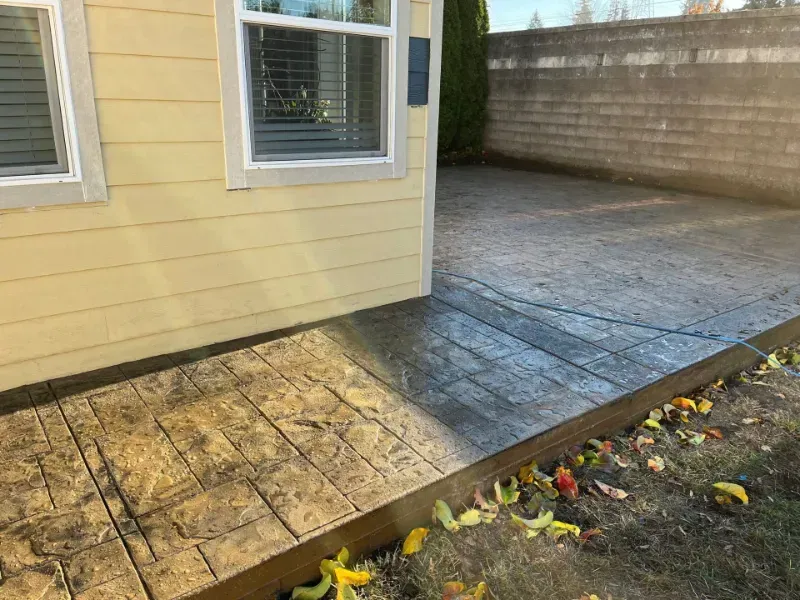
Key Differences Between a Concrete Extension and a Concrete Addition
While the terms Concrete Extensions and Concrete Additions sound quite similar, their meanings and purposes are different in the scope of your project. Generally speaking, a concrete extension is more than likely an extension of an existing area, extending an existing patio or driveway. While a Concrete Addition may suggest a completely new area altogether, such as a new foundation, shed pad, or parking area.
Recognizing the differences helps in planning appropriately and enables you to stay on budget. Extensions will generally match the old concrete's color, texture, and finish to the new pour; while, the addition will give you much more leeway to work with in configuring the design and layout. Ultimately, under either scenario, both projects will improve the use and aesthetics of your property.
Initial Planning and Site Evaluation for a Concrete Addition
Before beginning the project, your contractor will review the site. This is to ensure that the Concrete Addition will be built on a solid foundation. The crew will evaluate soil quality and drainage as well as elevate the site so the water flows away from your home and the general area is level.
Planning also consists of design ideas, concrete finishes, and budget expectations. You will want to decide on the look and function for your family. Do you want a smooth surface for basketball games or a texture finish to prevent slipping? Having a solid plan will keep your Concrete Addition project focused and on track from the beginning to the completion of the project.
Preparing Your Property Before the Concrete Extension Begins
Being prepared will greatly impact your Concrete Extension project. You will want to remove furniture, plants, and decorations from the project area. If it is a driveway or sidewalk, you may want to have vehicles parked elsewhere for a few days. It makes it easier for the crew to work in the area and also protects your property.
It is also a good idea to see that children and pets are not near the project site. Once the forms are built, and the concrete is poured, the surface needs to cure properly. Keeping children and pets away will assist your concrete in staying smooth, solid, and crack-free for years to come.
Step-by-Step Timeline of a Typical Concrete Extension Project
Homeowners are usually surprised about how fast a Concrete Extension takes to come together. The normal timeline looks like this:
- Planning and permits - 1 to 2 weeks
- Site preparation - 1 to 3 days
- Pouring and finishing - 1 to 2 days
- Curing time - 5 to 7 days
For the most part, you can expect most jobs to wrap up within a two week period depending on size and weather. During this time your contractor will walk you through each step and keep you informed of progress so there are no surprises. It is so gratifying to see your space come to life!
Common Cost Factors That Affect Concrete Addition Projects
When planning a Concrete Addition, the price can change due to a few basic factors. Those factors are the concrete size, the type of finish, and how much prep work needs to be done before pouring the concrete. If your existing land needs to be leveled or old concrete taken up, that will also increase the cost.
Think of it like the strong, beautiful puzzle pieces that all come together. Decorative finishes related to stamping or staining will cost more than basic, plain concrete, but they can change the whole look of the space! Make sure that you always get a detailed cost estimate before you move forward to make planning easier.
How to Match New Concrete with Existing Surfaces
It can be difficult to match new concrete to your old slab, but it is not impossible. Experienced contractors can coordinate color, texture and finish to make your new slab appear as if it is one with the old slab. Your contractors might use tinting techniques or surface treatments to match the old concrete because they know that concrete can be colored two to three shades off from what was originally poured.
It is also important to consider the age of the existing surface. Concrete will fade and change slightly over time. Try to avoid any mismatches, it is all about that smooth visual flow so it does not look out of place or haphazard.
Permits, Inspections, and Local Regulations for Concrete Extensions
It's a good idea to find out if your city needs a permit before you start your Concrete Extension. Many states have their own rules around drainage, slope or property line requirements that could affect your project. Your contractor should generally be able to assist with this part of the process and ensure that you are following the correct process in accordance with local codes.
Another important step in the process is inspections. Inspections ensure that the new concrete you put in meets standards for safety and for durability. You might feel like that's just something else to do, but in the end, those steps to review your project protect your investment and ensure as best you can that everything is built to last.
Tips to Ensure a Smooth and Long-Lasting Concrete Addition
A quality concrete surface is not created overnight. It's the result of good practices and healthy habits. Here are some simple ways to keep your new concrete looking good:
- Seal it every two to three years to protect against cracking and staining.
- Stay away from any harsh chemicals that could damage it.
- Clean it regularly with mild soap and water.
Just with a little care you give your concrete surface it can remain strong, smooth, and beautiful for generations. It's one of those home improvements that will last the test of time.
Choosing the Right Contractor for Your Concrete Extension Project
The ultimate accomplishment of your project rests entirely on your selection of a reliable contractor. It is important to recognize an experienced contractor, with good reviews and timely communication. A good contractor will also provide examples of their previous work, and it's perfectly acceptable to ask questions about their process. Any successful contractor is there to serve you from the beginning, until the end, one step at a time.
If you're ready to take the next step toward a stronger, functional outdoor space, reach out to Detail Concrete LLC in Portland. Their friendly staff specializes in Concrete Extensions and Concrete Additions that will stand the test of time. Book an appointment today at
(503) 849-0863 and start creating the space of your dreams!
